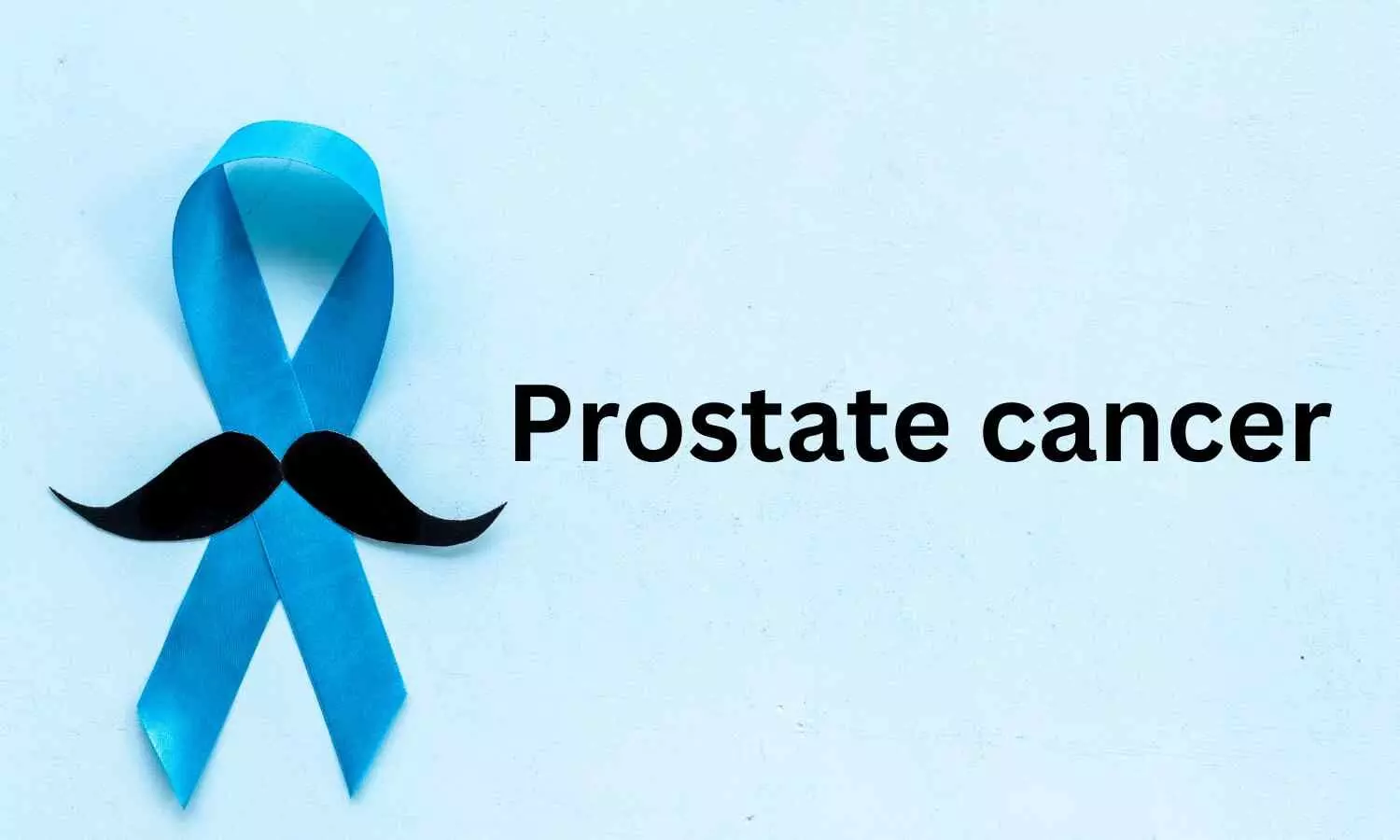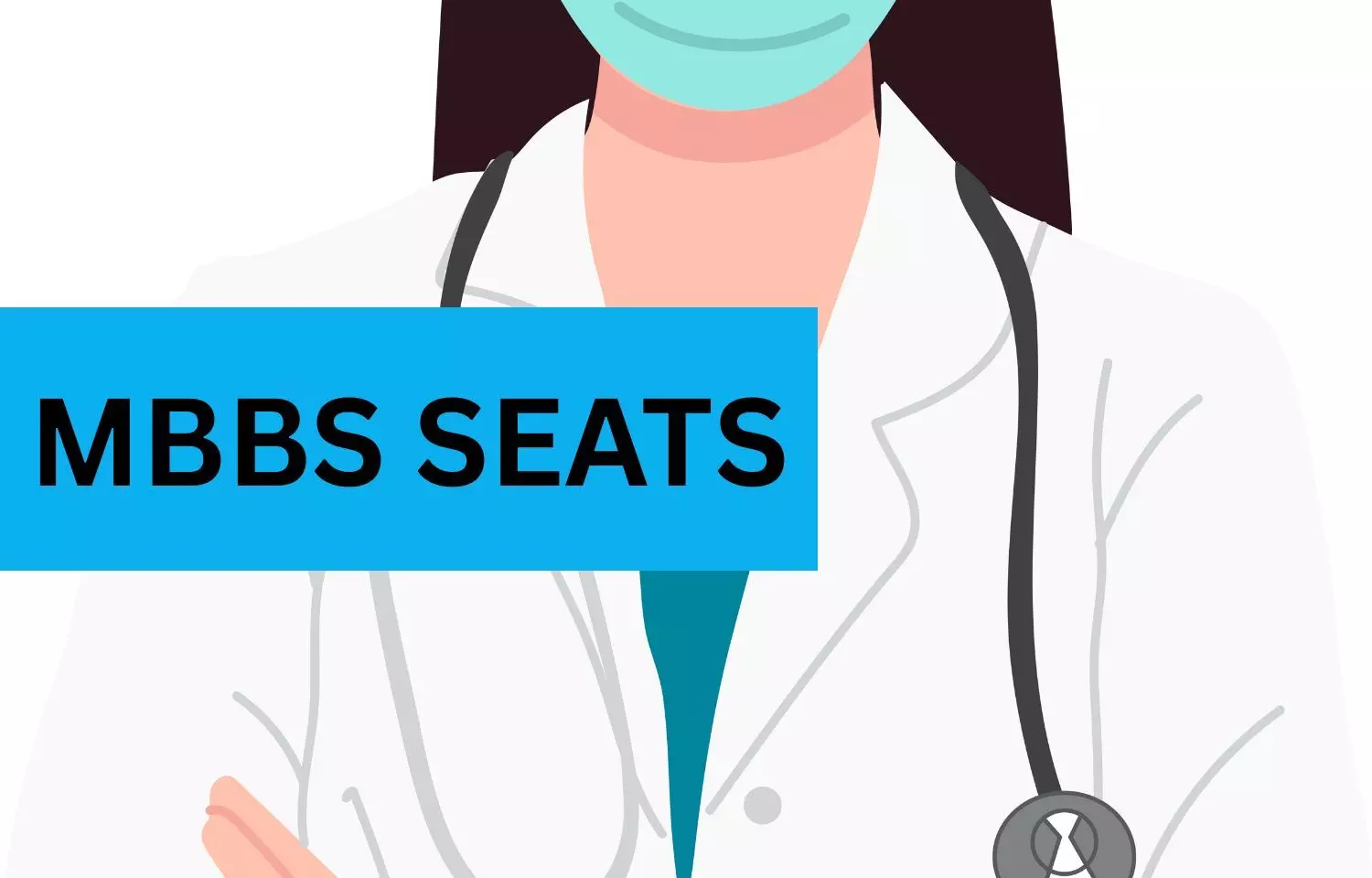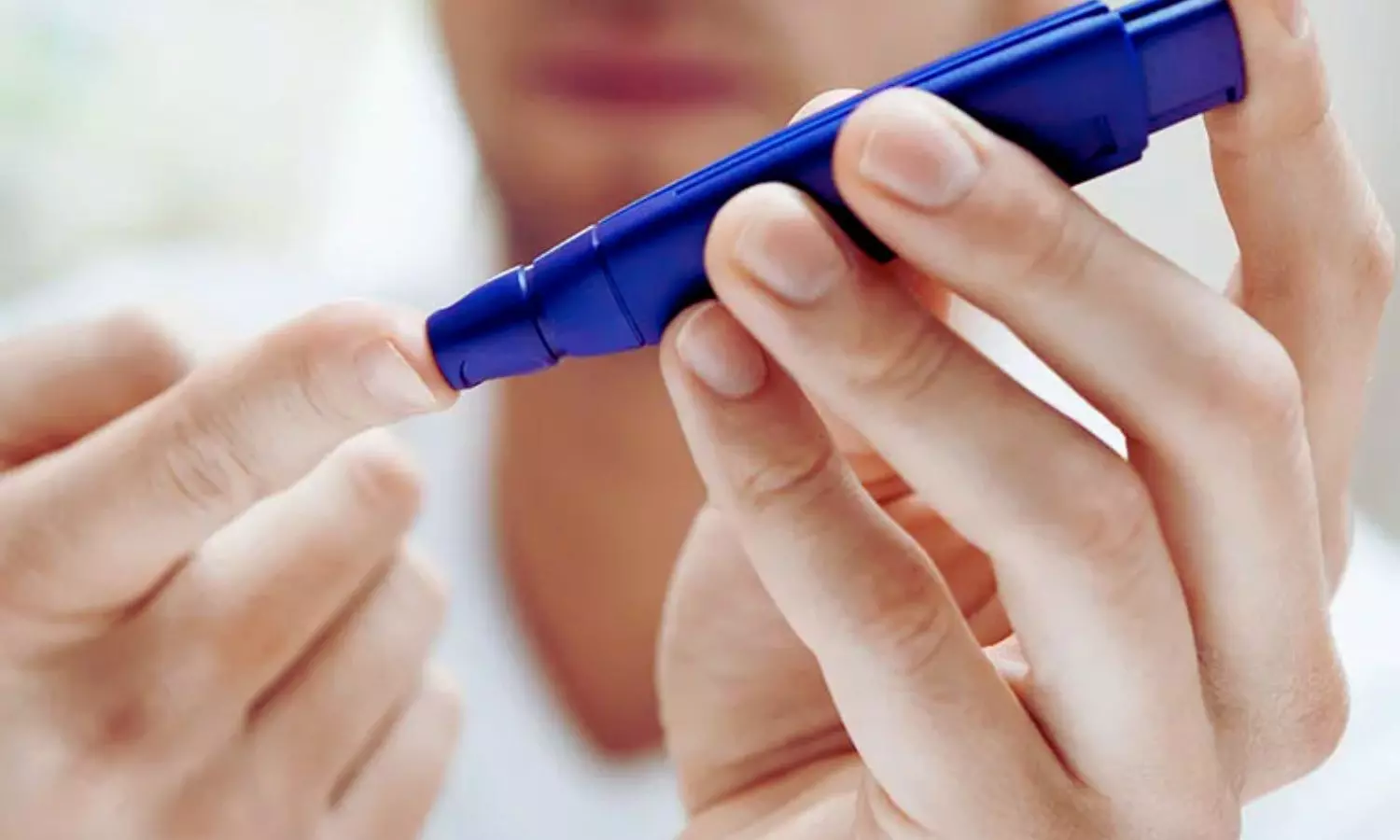Upadacitinib Shows Safety and Efficacy in Adolescents with Severe Alopecia Areata: Study

Alopecia areata (AA) is a chronic, immune-mediated disorder characterized by non-scarring hair loss, with profound psychological and social consequences, particularly among adolescents. While several therapeutic options exist, efficacy remains variable, and safe long-term treatments are limited for younger patients. Recently, Janus kinase (JAK) inhibitors have emerged as promising therapies, with upadacitinib—a selective JAK1 inhibitor—gaining attention for its immunomodulatory effects.
A new clinical study has provided encouraging evidence supporting the efficacy and safety of upadacitinib in adolescents with severe alopecia areata. Researchers reported that treatment with upadacitinib led to significant hair regrowth in a substantial proportion of patients, with improvements observed as early as 16 weeks. Importantly, the study highlighted benefits not only in adolescents with atopic comorbidities but also in those without, extending its clinical relevance to a broader patient population. Safety outcomes were also favorable. Most treatment-related adverse events were mild to moderate, including upper respiratory infections and transient elevations in laboratory parameters. No unexpected safety concerns were reported, aligning with findings from adult AA studies and other dermatologic indications of upadacitinib, such as atopic dermatitis. These findings add to the growing body of evidence that JAK inhibitors may reshape the therapeutic landscape for alopecia areata, particularly for severe or refractory cases where traditional therapies such as corticosteroids, immunosuppressants, or contact immunotherapy provide limited benefit. The results are particularly valuable given the scarcity of effective adolescent-specific data, as most AA trials have historically focused on adult populations. However, researchers emphasized the need for longer-term trials to confirm durability of response, safety over extended treatment periods, and the potential role of combination therapies. Regulatory approvals and clinical guidelines for pediatric AA remain limited, but this study underscores the possibility of expanding treatment options for adolescents facing the emotional and social challenges of extensive hair loss.
Powered by WPeMatico








